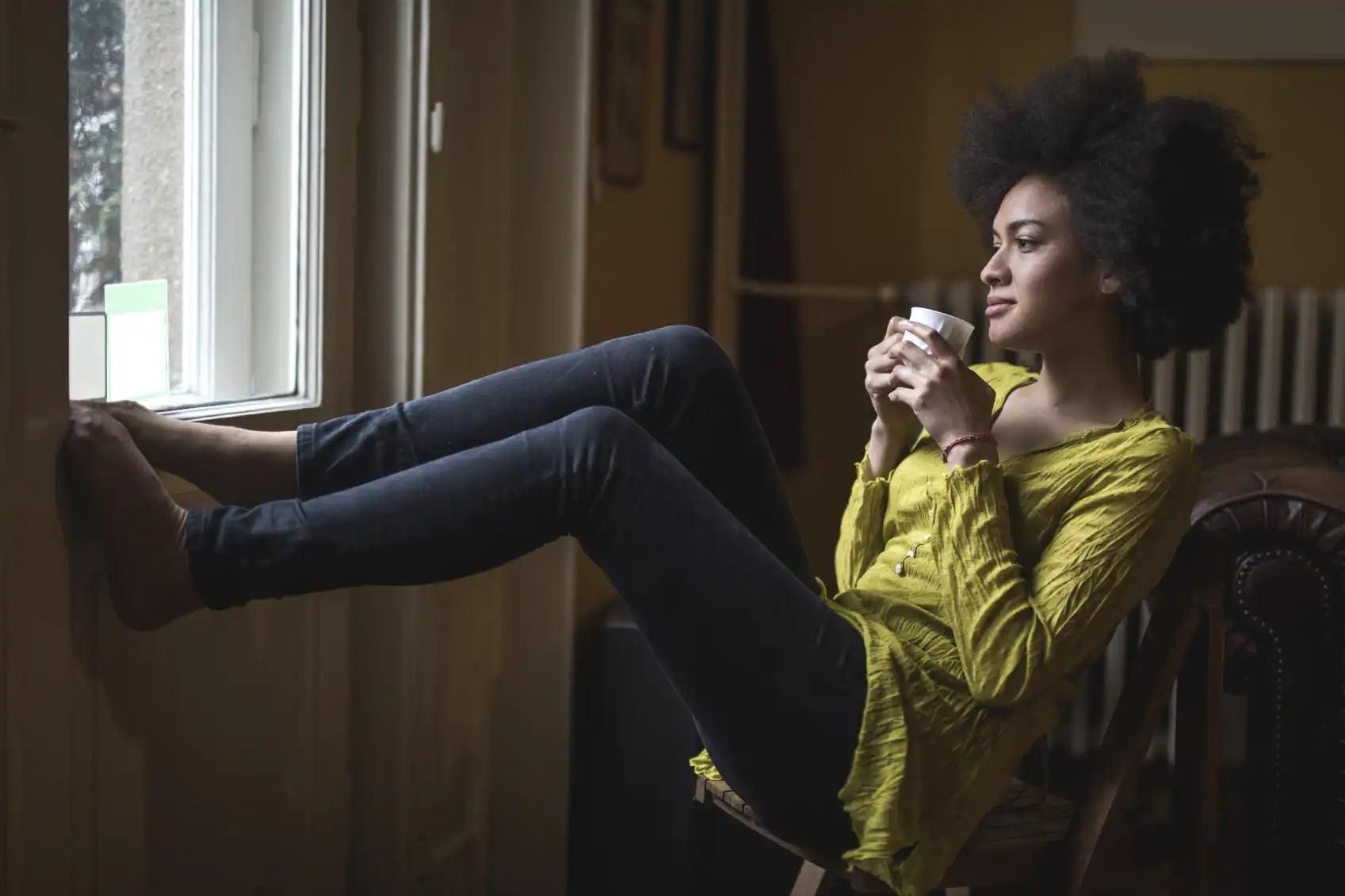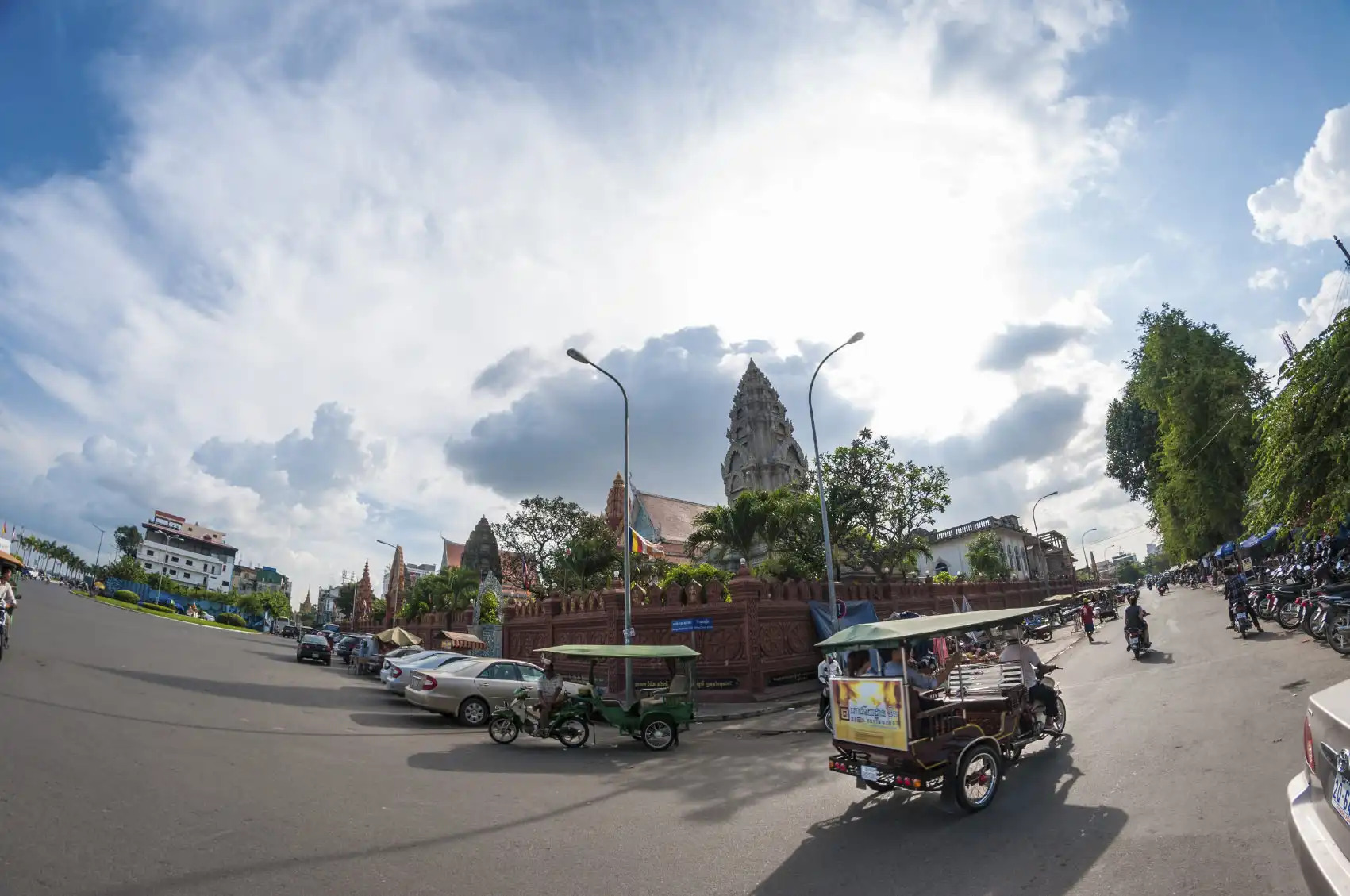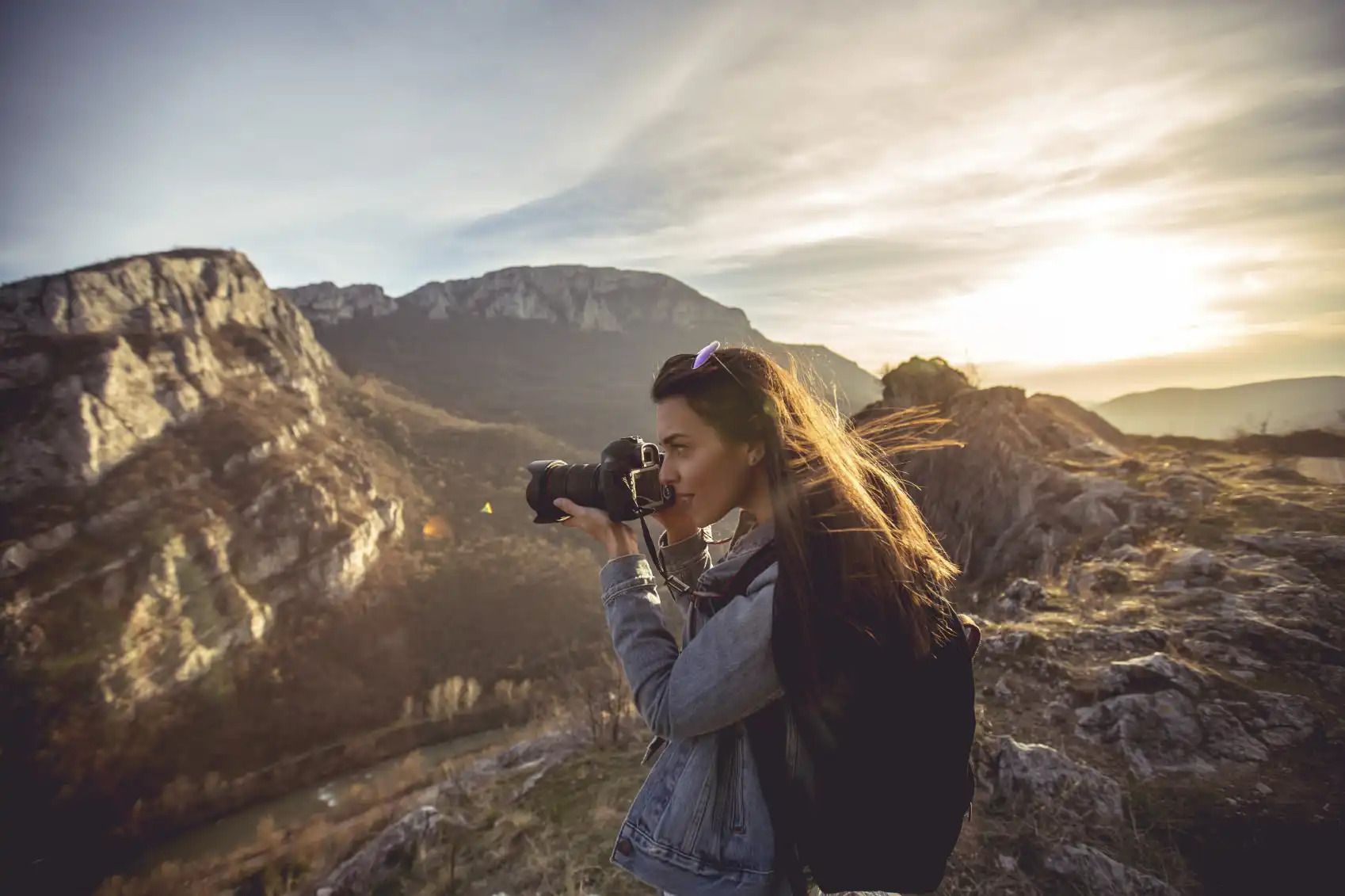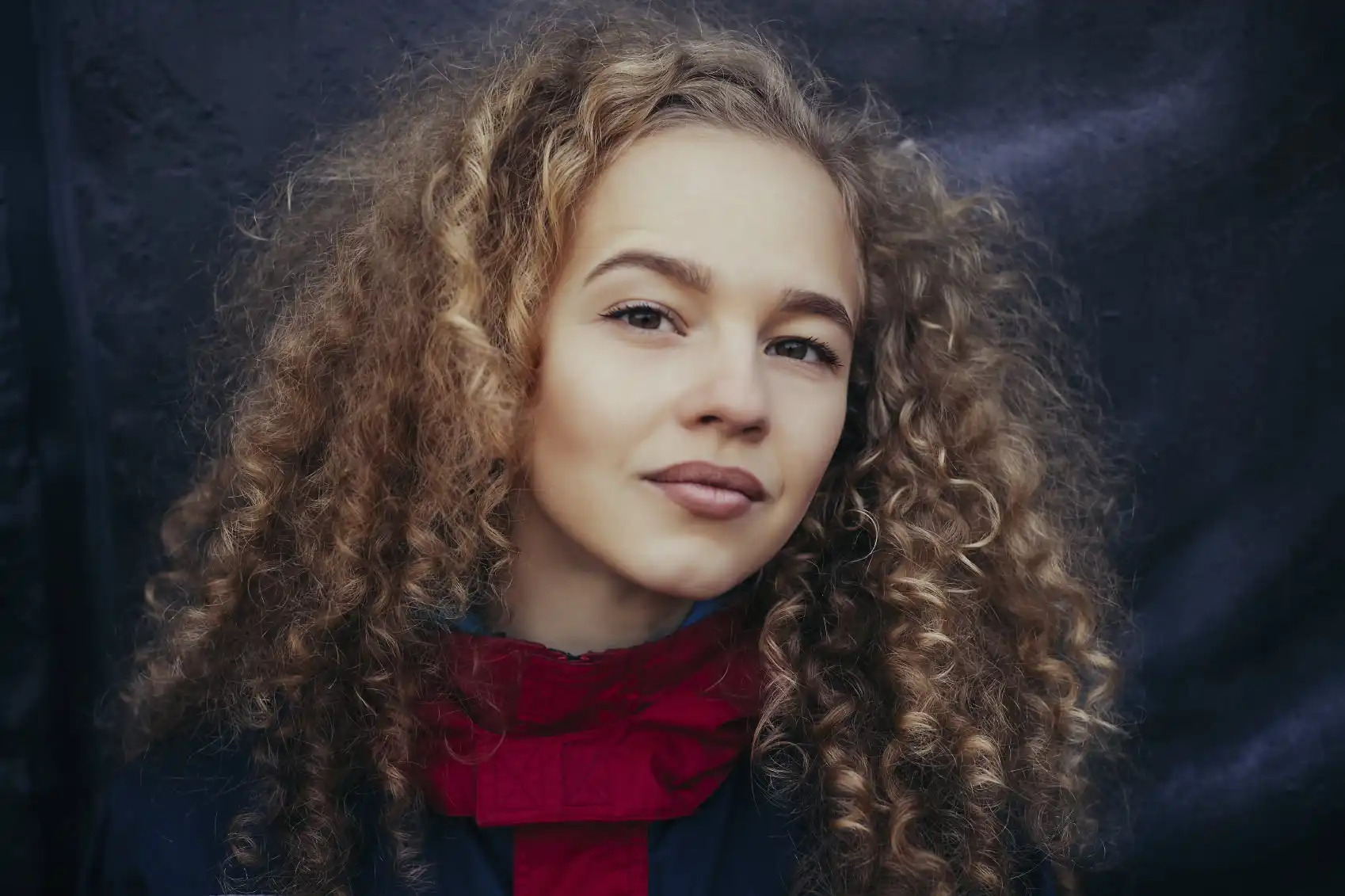Articles

Surefire Tips for Shooting Better Stock Photography
Photography Talk
Stock photographers, and stock photography sites, for that matter, are a dime a dozen. There are dozens and dozens of choices when it comes to places to get stock photos, and each site has tens of thousands of photos from which to choose.
If you’re going to make a success out of taking stock photos, you will need to learn how to take pictures that stand out from the crowd and get people to click the purchase button. We’ve got the tips that will help you do just that!
{module Google 728x90}
Strive For Authenticity
Have you ever been to a website that had cheesy photos of businesspeople standing in their office with their arms crossed, or the “perfect” family posing for a photo in the park? These types of images scream “stock photography” because they are so bland and inauthentic. While those types of images were popular a decade ago, things have definitely changed.
Now, businesses are looking for images that resonate more with their customers. Websites want - and need - photos that help them convey their unique message to their customers. That means having images that display diversity, highlight cultural differences, are inclusive of various groups, and offer a new and different perspective, among other things. You can’t check off all those boxes with a close-up photo of two businessmen shaking hands.
Instead, look for ways that you can make your stock images more authentic. Focus on local customs or traditions. Include various types of people in your shoots to give your stock collection a multicultural vibe. In short, strive to create stock images that look and feel real and that give the impression of being a one-of-a-kind photo.
Focus on Broad Concepts
The real trick to taking better stock photos is to balance the need for authenticity with the need for having photos that can fit multiple purposes. As you endeavor to create images that are one-of-a-kind, be wary of painting yourself into such a tight corner that your images can only be used for one or two purposes. After all, the goal here is to maximize your number of downloads, and you won’t do that if you get too specific.

Take the image above as an example. The image doesn’t look like a stock photo and instead has a sweetness and genuineness about it as the father and his daughter enjoy time together. But the photo could also fit a variety of purposes. It could be used by someone writing an article about fatherhood, be placed in a blog about finances, or appear in an ad for a men’s hygiene product as just a few examples. The point is that this photo represents both uniqueness and broad applicability, which can be a difficult task.
Use Natural Lighting (or Really Good Artificial Lighting)

If you look at several stock photography sites, you’ll immediately notice that the photos they have accepted all make use of really, really good lighting. Portraits, for example, look professional, clean, and are free of harsh shadows that you often get from inadequate lighting, such as an on-camera flash. In fact, many stock photos are shot using natural lighting to give the image an extra bit of warmth.
{module cameras T4i}
If you want to take better stock photos, you need to follow this same path and use natural lighting whenever possible. This will require extra legwork on your part, including checking weather forecasts, scouting locations for their usability at different times of day, and working at non-traditional times (like sunrise and sunset) to take advantage of the best possible lighting. Furthermore, you may need to visit the same location at various times of day to capitalize on the way that light interacts with the scene in different ways. This is true whether you’re shooting landscapes, cityscapes, portraits, or some other type of photo.

If natural lighting just isn’t in the cards, be sure you’ve got plenty of artificial lighting to work with. Have strobes and flashes, diffusers and soft boxes, flashguns and rim lights at your disposal so you can properly light the scene. Beware of harsh shadowing and ensure that your artificially lit images have the look and feel of a photo that was taken in natural lighting conditions. Your potential customers will thank you!
Conclusion
Taking improved stock photos involves a lot of common sense and practical decision-making. Pay attention to things like composition, exposure, and lighting. Work on designing shots that have broad appeal so your images are applicable for many different situations. Explore ways that you can focus on authentic moments - feelings, emotions, cultural or religious topics, and other diversity issues - that make your images stand out as being unique. If you can adhere to these suggestions, you will be well on your way to shooting better stock photography.
{module Article bottom share buttons}
{module Recommended Reading}


























